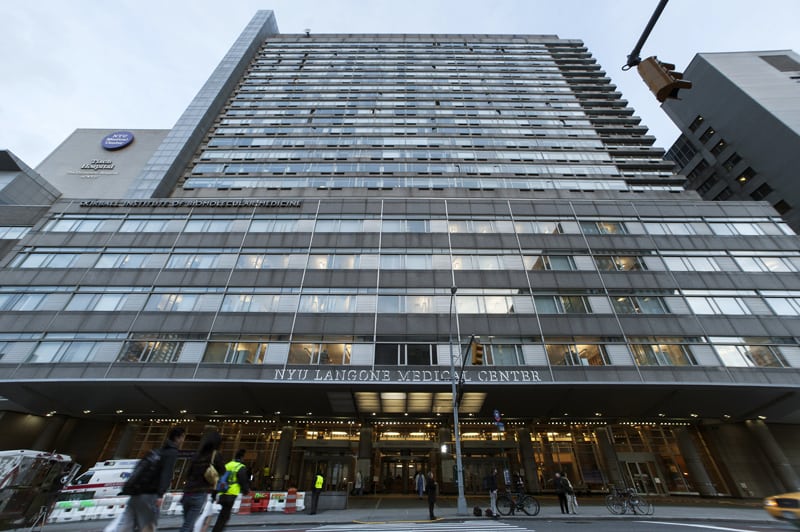
A hallmark of the COVID-19 story, so far, is adaptability. This applies to what we're doing at home and at work, which, for many of us, is at home. Hospitals have adapted well to the pandemic. They have redesigned patient care while relentlessly communicating those efforts to staff, communities, regulators and elected officials.
While nurses and doctors rightfully are hailed as heroes, hospital administrators were decisive, fast acting, and nimble. In response to the pandemic, many rapidly expanded telemedicine capabilities, created virtual hospitals, deployed testing in underserved communities, and became advisors to lawmakers and business owners about safely reopening the economy.
Their expanded roles and far-ranging actions have created extraordinary, new demands on hospital communication functions. Hospital CCOs and their teams are keeping employees informed and aligned, coordinating communication with public health agencies and elected officials, and reassuring the public we’ve got this–that hospital systems can provide high-quality, safe treatment for COVID-19 patients and others seeking care.
What We've Learned
Working with and researching health systems has led us to insights, many of them apply to communicators across the board:
- Visibility: It's important during the pandemic for C-suite execs to be visible, internally and externally. Employees need to see their executive team engaged, leading as well as listening, while the public seeks reassurance from hospital leaders.
- COVID-19 News: There has also been an insatiable appetite for COVID-19 news; those who continue to share updates, advances, new learnings, and new services with the public are seeing a significant boost in public confidence.
- Flexibility: Hospital leadership has faced enhancing COVID-19 patient care while winding down elective surgery, then bringing back elective surgeries while struggling with the financial fallout. Meanwhile, national unrest in the wake of the George Floyd murder combined with an upcoming divisive national election require sensitive engagement on racial, diversity and inclusion issues. Strong communication support for these initiatives is what has enabled some hospital systems to maintain public confidence and grow their reputation.
Don't Pump the Brakes Yet
Medical experts say many hospitals going forward must accept that they are operating dual systems–one geared for COVID-19 patients and the other for those suffering from anything else. This reality–of a pandemic here to stay for the foreseeable future–places an imperative on communicators to continue informing the public and engaging colleagues.
But this second wave of demands on communicators presents a steeper challenge than when COVID-19 kicked off, last spring. After months of the pandemic, communicators–and all hospital employees, as well as staff in just about every field–face stress, fatigue, burnout and sometimes depression.
Adaptation Again
This means successful hospital systems must adapt again. They'll need to adjust to a changing health care environment, highlighted by continuing pressure on a workforce already under severe stress. How will they do that? They will hold up a mirror and act.
For example, they and their communicators will:
Conduct employee surveys
Make continuing efforts to engage, value and, yes, entertain employees
Listen carefully to staff
Mandate that all employees take time away from the hospital
Re-connect employees to their magnetic mission of caring for those in need
Examine and prioritize demands on the communication team and
Streamline and speed internal processes for approving communication materials.
In sum, hospital systems will continue to succeed when they purposefully protect, embrace and re-energize their employees.
Moreover, sharp hospital systems will take advantage of the changed environment–one where cynicism about hospitals is down, appreciation is up and the reservoir of goodwill is full. They will reinforce a patient-centered mission to promote their brands, as well as a commitment to high-quality care provided on an equal basis for all community members.
In addition, they will offer thought leadership on key health care issues. This will provide a face to their systems as they promote key executives and their visions, innovation and commitment to caring for the entire community, not just patients who walk through the door.
Hospital systems that adjust and adapt to the rigor of the pandemic will survive and thrive.
Jim Moorhead and Rich James are senior directors at APCO Worldwide
